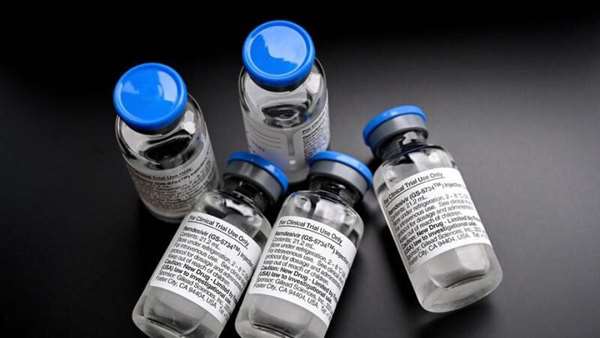Remdesivir but not famotidine inhibits SARS-CoV-2 replication in human pluripotent stem cell-derived intestinal organoids
The severe acute respiratory syndrome coronavirus 2 (SARS-CoV-2) infects the respiratory tract with mostly mild symptoms, but up to 20% of patients develop severe pneumonia eventually followed by multi-organ failure and death1 .
The severe acute respiratory syndrome coronavirus 2 (SARS-CoV-2) infects the respiratory tract with mostly mild symptoms, but up to 20% of patients develop severe pneumonia eventually followed by multi-organ failure and death1 . Intriguingly, up to 50% of patients present with gastrointestinal symptoms, associated with prolonged disease duration and increased severity2 .
Viral RNA is detected in rectal swabs long after nasopharyngeal swabs tested negative3 . Infection of host cells with SARSCoV-2 requires Transmembrane Serine Protease 2 (TMPRSS2) and Angiotensin-Converting Enzyme 2 (ACE2). Both proteins apparently mediate multiorgan tropism, as they are detected in esophagus, ileum, and colon4 . Single layered human intestinal organoids (HIOs) derived from human gut express ACE2 and are susceptible to SARS-CoV-25 . However, HIOs are less complex in architecture and lack in vivo transplantability, in contrast to human intestinal organoids derived from pluripotent stem cells (PSC-HIO). Albeit the exploration of new drugs is rapidly evolving, knowledge on their efficiency to inhibit intestinal infection of SARS-CoV-2 is unknown.
However, drug testing might require a more complex organotypic culture system to reflect the true value of a given drug. Remdesivir is up to now the sole agent showing benefit on pulmonary phenotypes in COVID-19 patients6 . The histamine-2- blocker famotidine has been suggested to reduce severe COVID-19 course7 , but experimental or clinical proof is lacking. Here, we employ PSC-HIOs to study SARS-CoV-2 tropism with respect to distinct intestinal cell types and test drug candidates in a human organotypic culture system resembling natural 3D environment.
Reference:https://www.biorxiv.org/content/10.1101/2020.06.10.144816v1.full.pdf




ارسال به دوستان